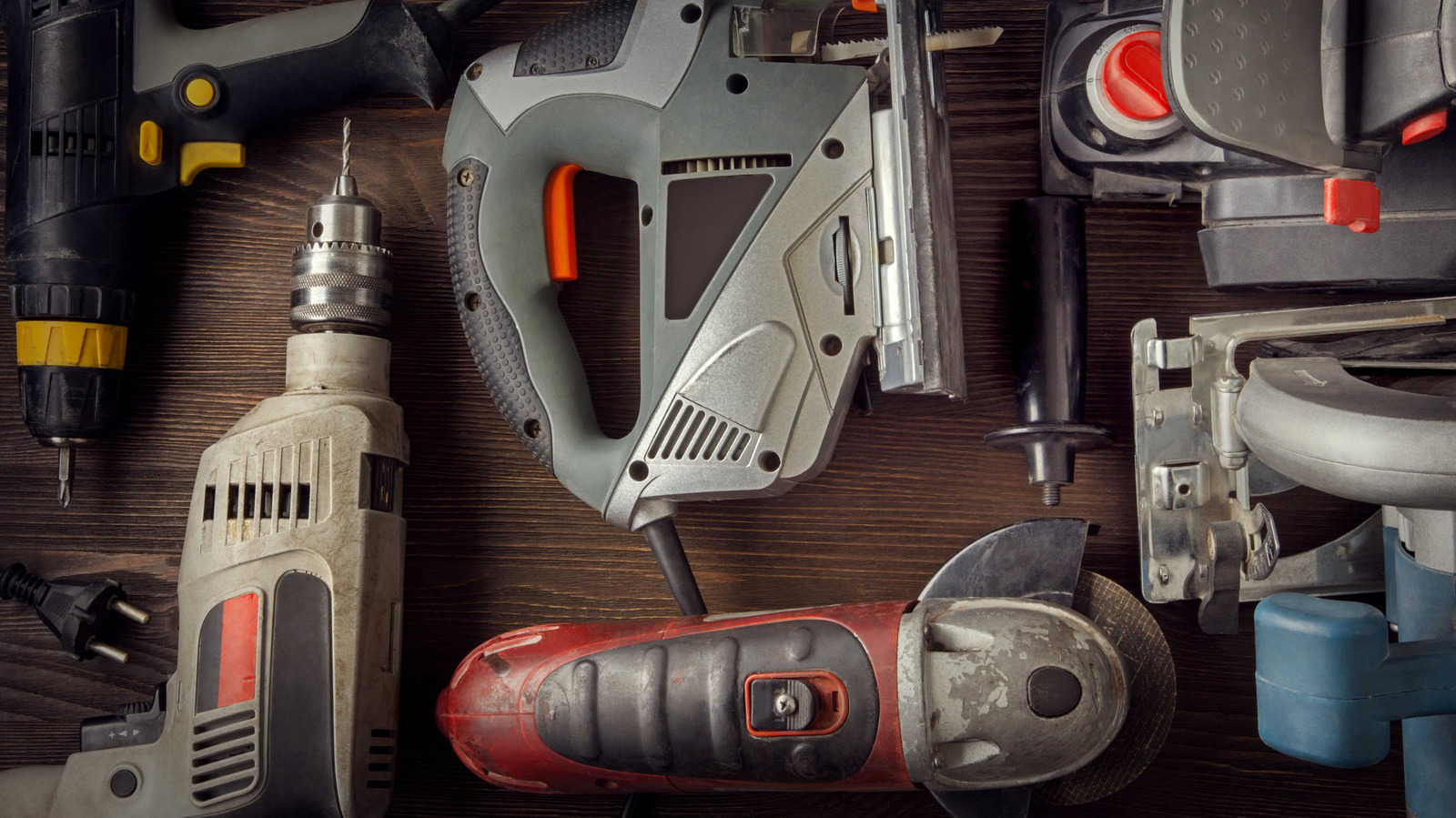
What is ergonomics? The word itself is derived from the Greek words “ergon” and “nomoi,” which mean work and laws, respectively. In principle, ergonomics is the science of designing anything from tools to furniture into something that will provide comfort to the user by following how the human body naturally works and moves.
An ergonomically designed power tool can result in a more streamlined operation and improved productivity, as fatigue will take longer to set in. For example, the finger is a specific part of the hand that will most likely undergo the most strenuous activity when using power tools. The index finger will see frequent movement on the job, and a poorly designed operating trigger can lead to adverse side effects such as tendonitis after hours of non-stop use.
To avoid this, a longer trigger design will allow the user to use two to three fingers to operate the tool instead of just one, thus reducing the physical exertion needed to operate the equipment. The primary advantage of utilizing an ergonomic power tool is its ability to reduce the strain, discomfort, and risk of injury for the user when operating this type of machinery.










